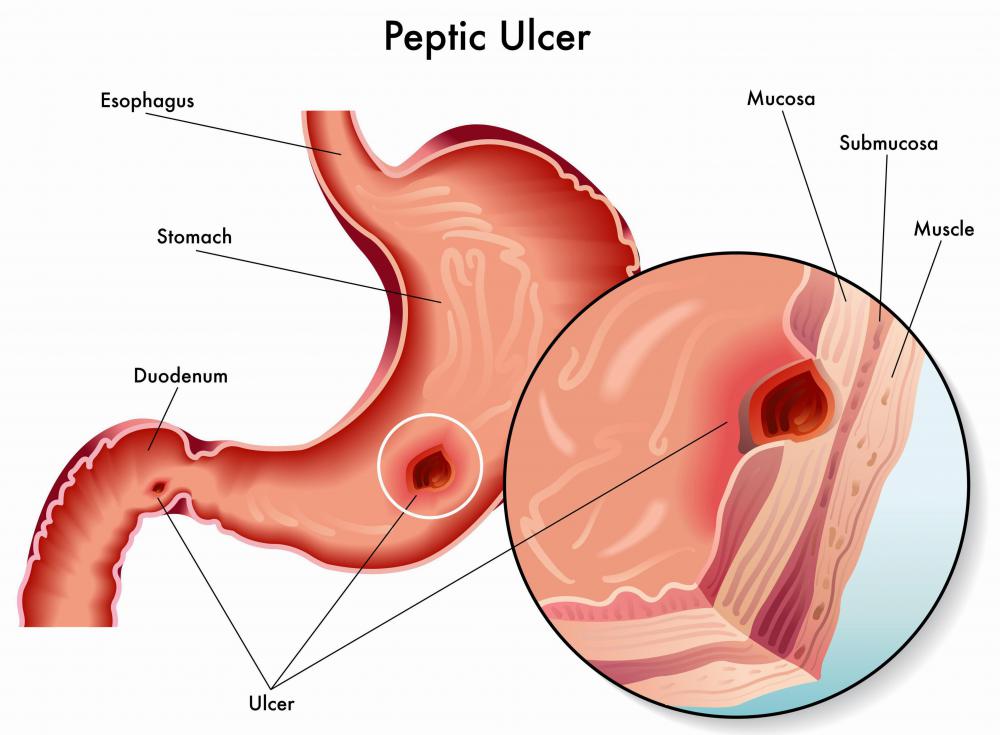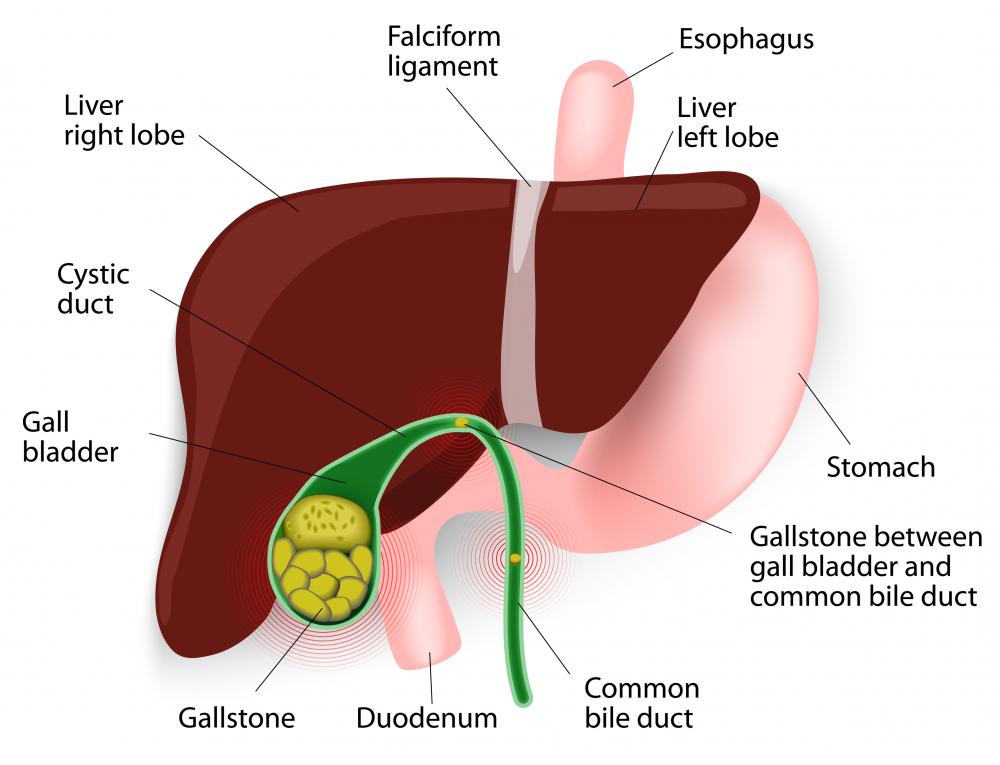At WiseGEEK, we're committed to delivering accurate, trustworthy information. Our expert-authored content is rigorously fact-checked and sourced from credible authorities. Discover how we uphold the highest standards in providing you with reliable knowledge.
What is Balloon Dilatation?
Balloon dilatation is a technique most commonly used to widen and unblock arteries and to treat conditions in which there is a narrowing, or stricture, of the esophagus. The esophagus is the length of gut which food passes along when it travels from the mouth to the stomach. During balloon dilatation, a deflated balloon is passed along a hollow structure until it reaches a point of blockage, where it is inflated to cause stretching and widening. Balloon dilatation may be used to treat narrowing of structures such as Fallopian tubes, heart valves, tear ducts and the bile duct which leads out of the gall bladder. Balloons come in many sizes and are continually being developed to treat blockages in all parts of the body.
Probably the most common use of balloon dilatation is in unblocking the coronary arteries which supply the heart muscle with blood. Coronary arteries may become narrowed due to a process known as atherosclerosis, where plaques formed from fatty deposits build up in blood vessel walls. Problems such as heart attacks and angina, or chest pain occurring during exercise, can result.

The balloon dilatation method may be used to flatten a fatty plaque, causing widening of the space, or lumen, inside an artery and increasing blood flow. An artificial tube known as a stent may be left inside the artery in order to keep the lumen open at that point. In some cases, the balloon may be inflated inside the stent to expand it fully. The balloon is then removed, leaving the stent in place.

Balloon dilatation of the esophagus is used to treat conditions such as a peptic stricture, where acid from the stomach passes into the esophagus causing damage, scarring and narrowing. Another disorder, known as achalasia, involves the muscles in the lower part of the esophagus failing to relax, preventing normal swallowing. Fibrous rings, known as Schatzki rings, which cause narrowing of the lower end of the esophagus, may also be treated with balloon dilatation.

Esophageal dilatation is normally carried out by a gastroenterology specialist, who deals with conditions affecting the gastro-intestinal system. It is what is known as a therapeutic endoscopic procedure, in that a thin, flexible viewing instrument known as an endoscope is used during the process. The endoscope makes it possible to see the narrowed section of esophagus, and the balloon is then passed into place through it. Next, the balloon is inflated to a pressure which is known to correspond to the diameter required to widen the stricture.

Balloons are left in position for a specified length of time before being withdrawn. Endoscopy allows the stricture point to be inspected to see if it has been successfully widened and to determine whether any bleeding has occurred. A small amount of bleeding is to be expected due to stretching of tissues. This type of balloon dilatation may be carried out under sedation and normally takes less than an hour, with patients making a quick recovery.
AS FEATURED ON:
AS FEATURED ON:














Discuss this Article
Post your comments